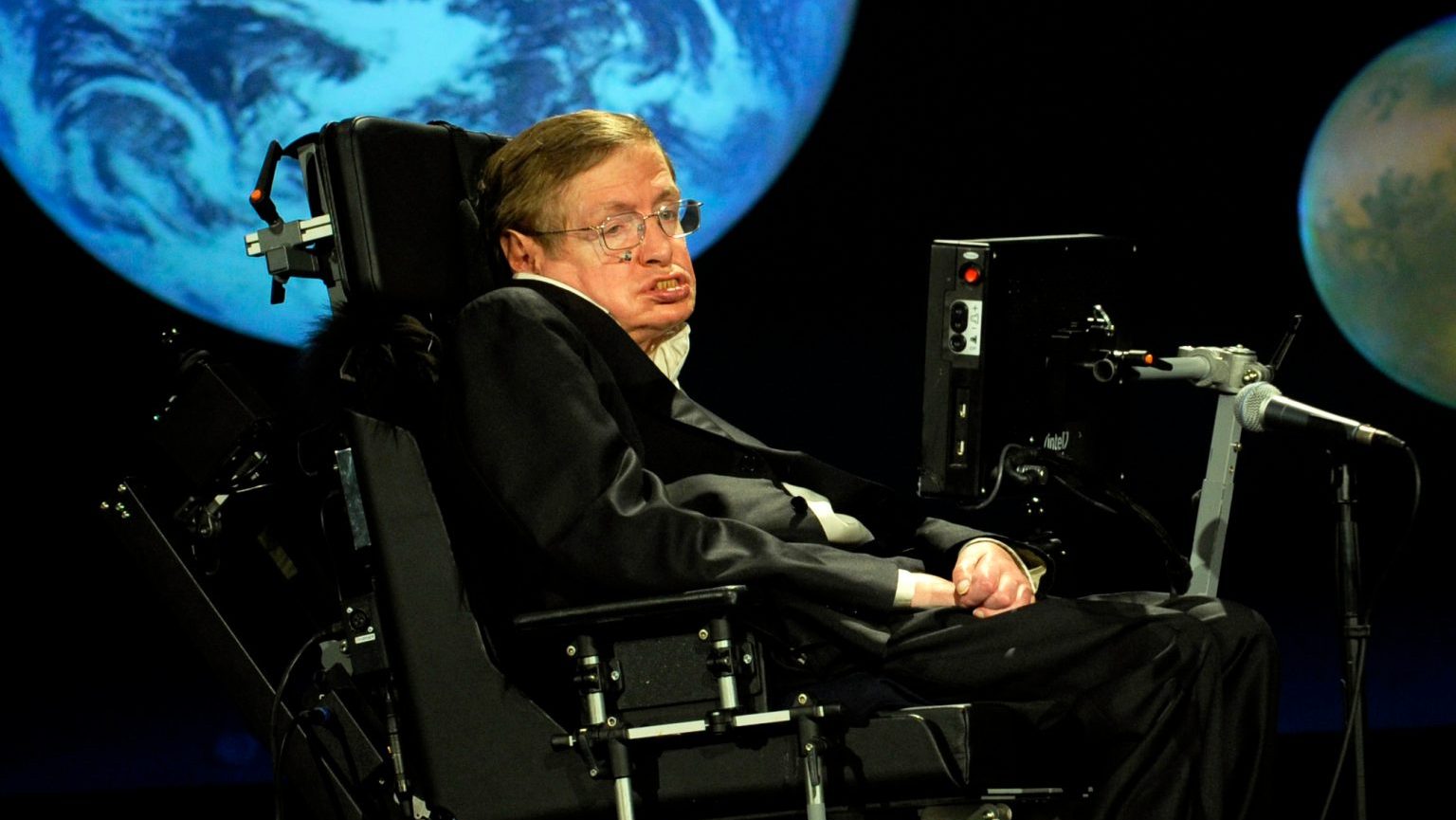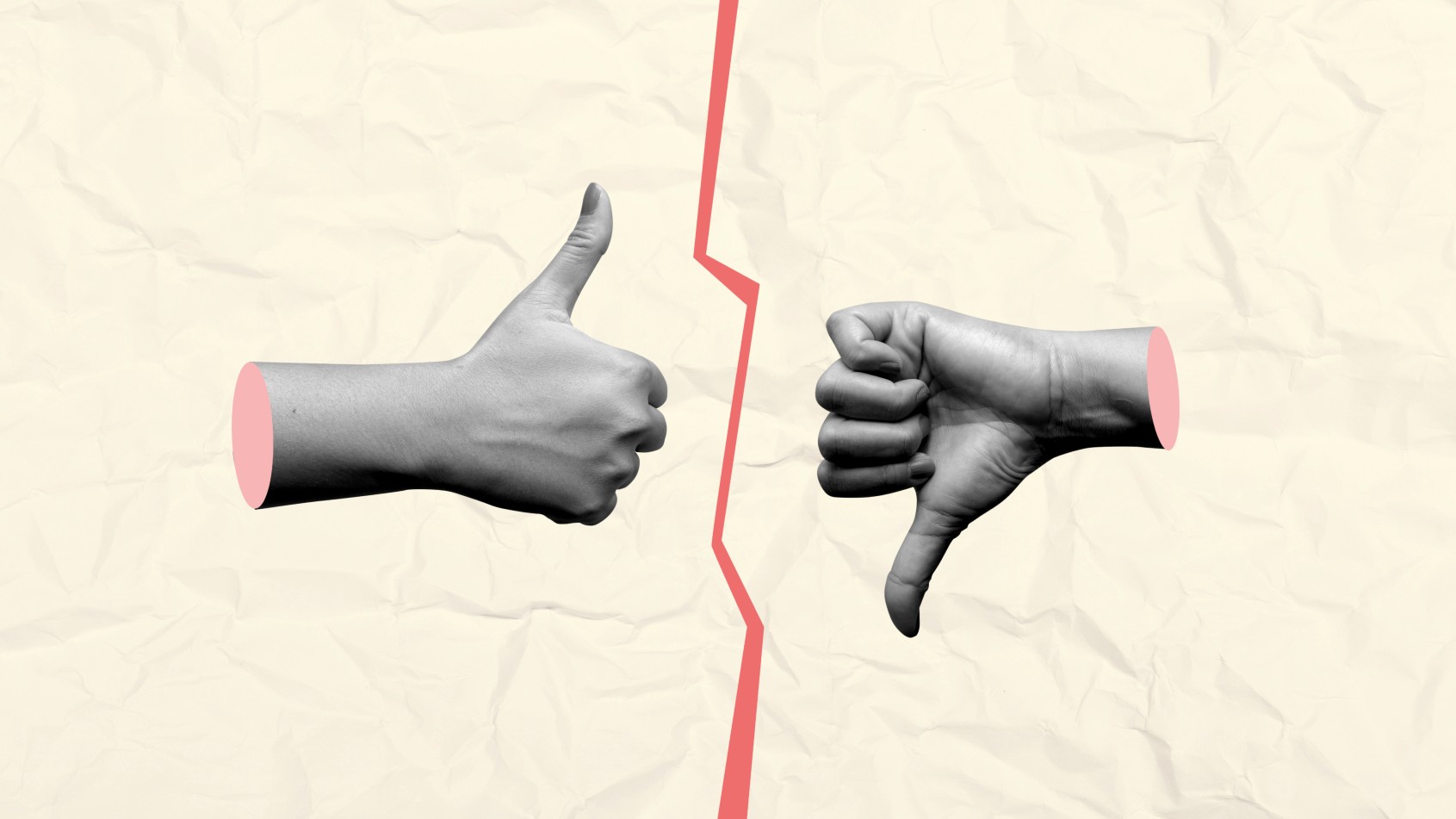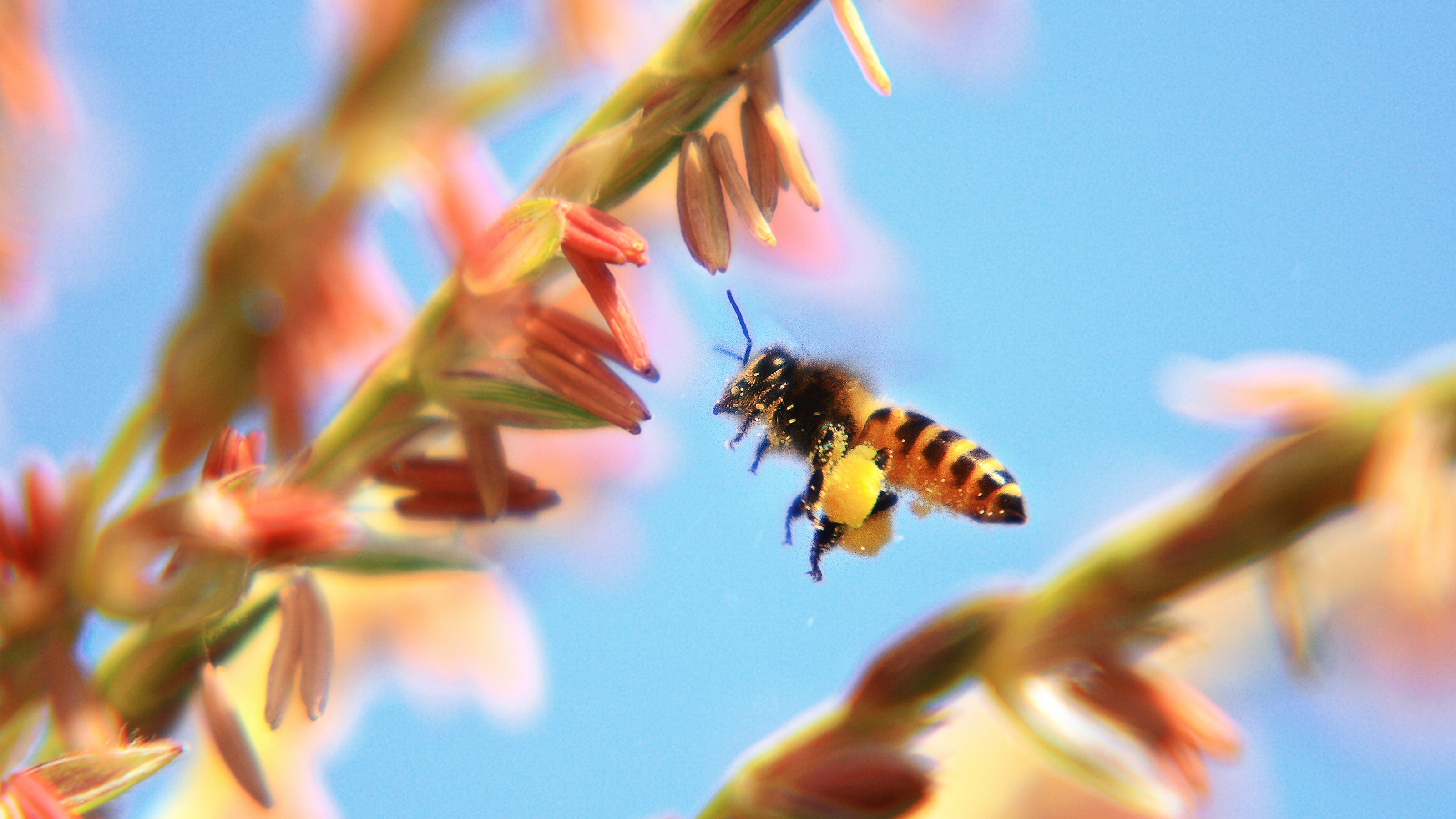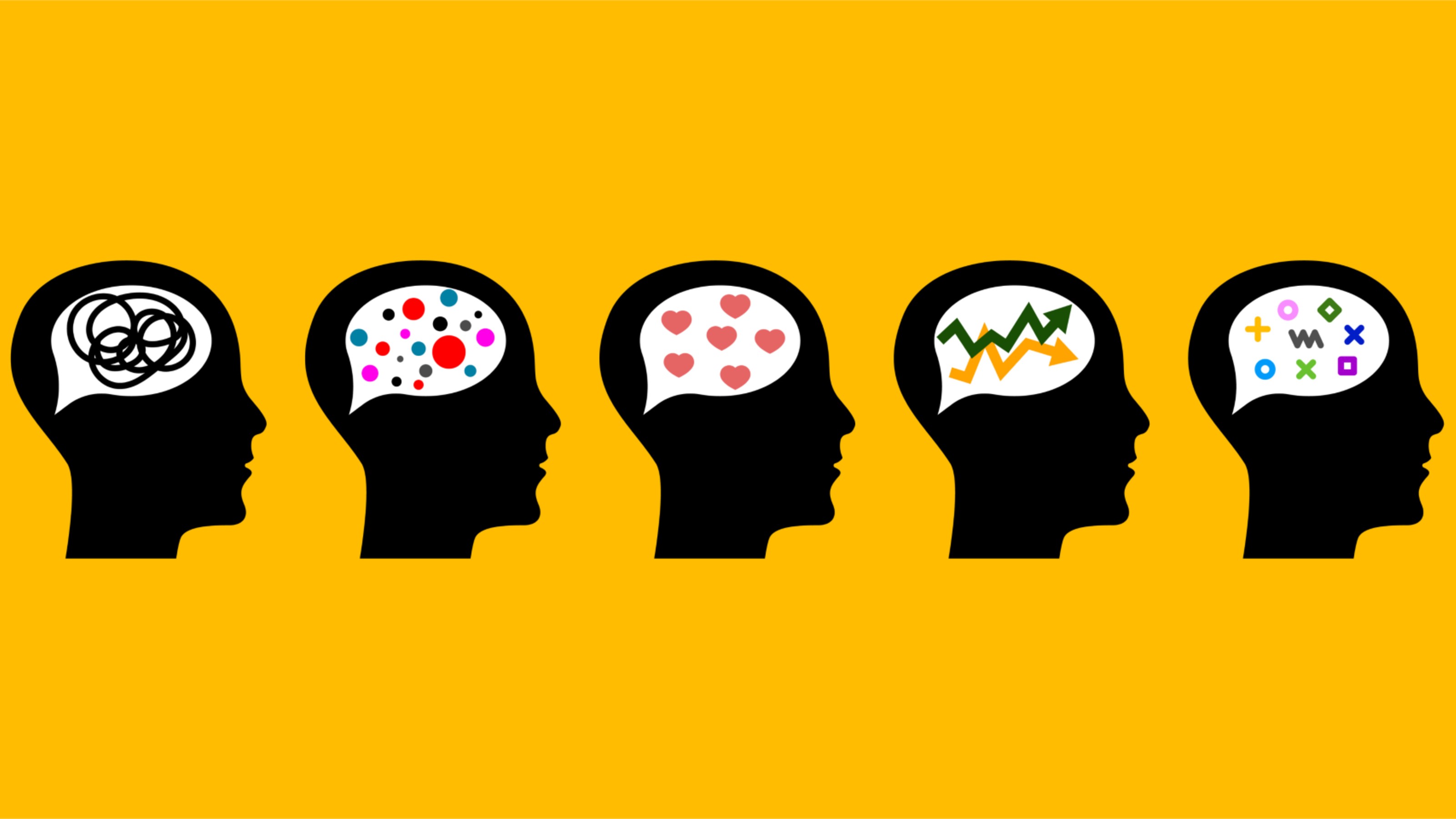You have to “give yourself over to the visual experience” and try to understand an image’s intellectual and psychological context.
Question: What should one look for in a photograph?
Edward Burtynsky: You have to give yourself over to the visual experience and try to drop into the kind of space both intellectually and psychologically and visually of why is the artist showing me this, this place, what in the context of what they’ve laid out maybe in their artist statement, in their… you know and if you look at the book and or the images how do I begin to assimilate these images and some of them may be more… You know some of the connections may be more oblique and maybe never really meant for you to really fully comprehend because you’re not the artist, but you can still I think move through the work and appreciate the kind of I guess intention of the artist as well as your own subjective reading of it, so that you’re not… every person is going to get a slightly different take off of a group of 50 or 60 or 100 images, so I would say for the viewer to kind of immerse yourself. You know clear your mind. Get rid of all your problems. Have a peaceful moment where you can kind of just flip through and just look at them. Let them kind of wash over you. Go back to the ones afterwards that you like a lot and somehow say something more to you than other ones and try to understand the kind of complex set of ideas and narratives and visual kind of connections that might be there to be had and there isn’t any one way to read a visual book. It’s about a different language and it’s about how our brains respond to imagery which is different than words and it may be more emotional and it may be more kind of a sense of wonder like wow, I didn’t know that our world could look like this or look at you know or I didn’t know we were up to this. You know there is a whole bunch of things that you can learn from images and they do something. Like for instance, you can… You know if all you ever saw of let’s say the Gulf tragedy is just words. Like if no images were invented. You just everyday reports, “There is more spills.” “It shows up as you know brown on the top of blue water and it’s about a quarter mile wide and it’s five kilometers long and the sheen looks like an oil spill near a gas station after a rain.” And so you could try and explain to somebody what that disaster looks like, but it will never have the same effect as looking at a really good picture and you went oh, that is what is happen, okay, I get it. You know war is the same way. You can say there is a conflict and say… but then all of the sudden you see you know the people who have been affected and people have been hurt, legs blown off, whatever. It’s like uh-oh that’s… there is really something terrible happening here. So images somehow close the circle that intellectually we can understand that there is something going on in the world, but until the images are really there I don’t think it really lodges itself in our consciousness in the same way, so I do believe that between the words and the images it locks into our consciousness in a much more powerful way and that is where still images and the TV and the news reports and all that also affect us, somehow I think still images, really good still images have a greater staying power in our consciousness.
Recorded June 21, 2010
Interviewed by Jessica Liebman





